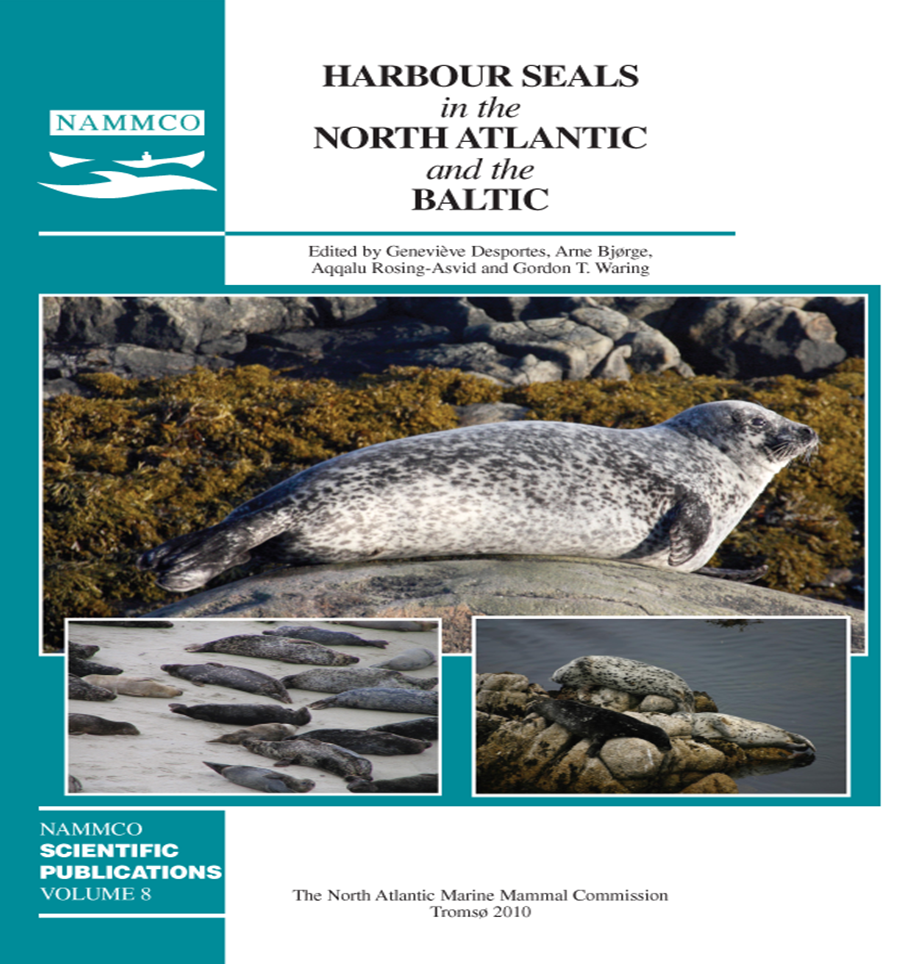Haulout behaviour of harbour seals (Phoca vitulina) during breeding and moult in Vesterålen, Norway
DOI:
https://doi.org/10.7557/3.2695Keywords:
harbour seals, Norway, haulout behaviorAbstract
Haulout behaviour of harbour seals (Phoca vitulina) in Vesterålen, Norway, was investigated from1 July to 23 August 2003 using a combination of high- and low-tide counts performed from boat and elevated land positions, and hourly counts from the land positions through 12- or 24-h cycles at specific haulout sites. There were obvious contrasts in haulout patterns of the seals throughout the period. The number of seals hauled-out was considerably higher in the area in July (the pupping period) than during August when the moulting period started. Contrasting July, when numbers of seals hauled-out at low tide was clearly higher than at high tide, there were virtually no systematic differences in haulout numbers between high and low tides in August. Circadian patterns were weaker in August than in July as well. Low temperatures had significant adverse effects on haulout numbers both in July and August, whereas increased cloud cover resulted in fewer seals hauled-out in July, but more seals in August.Downloads
Published
2010-09-01
How to Cite
Mogren, H.-G., Lindstrøm, U., Nilssen, K. T., & Haug, T. (2010). Haulout behaviour of harbour seals (<i>Phoca vitulina</i>) during breeding and moult in Vesterålen, Norway. NAMMCO Scientific Publications, 8, 303–312. https://doi.org/10.7557/3.2695
Issue
Section
Articles





